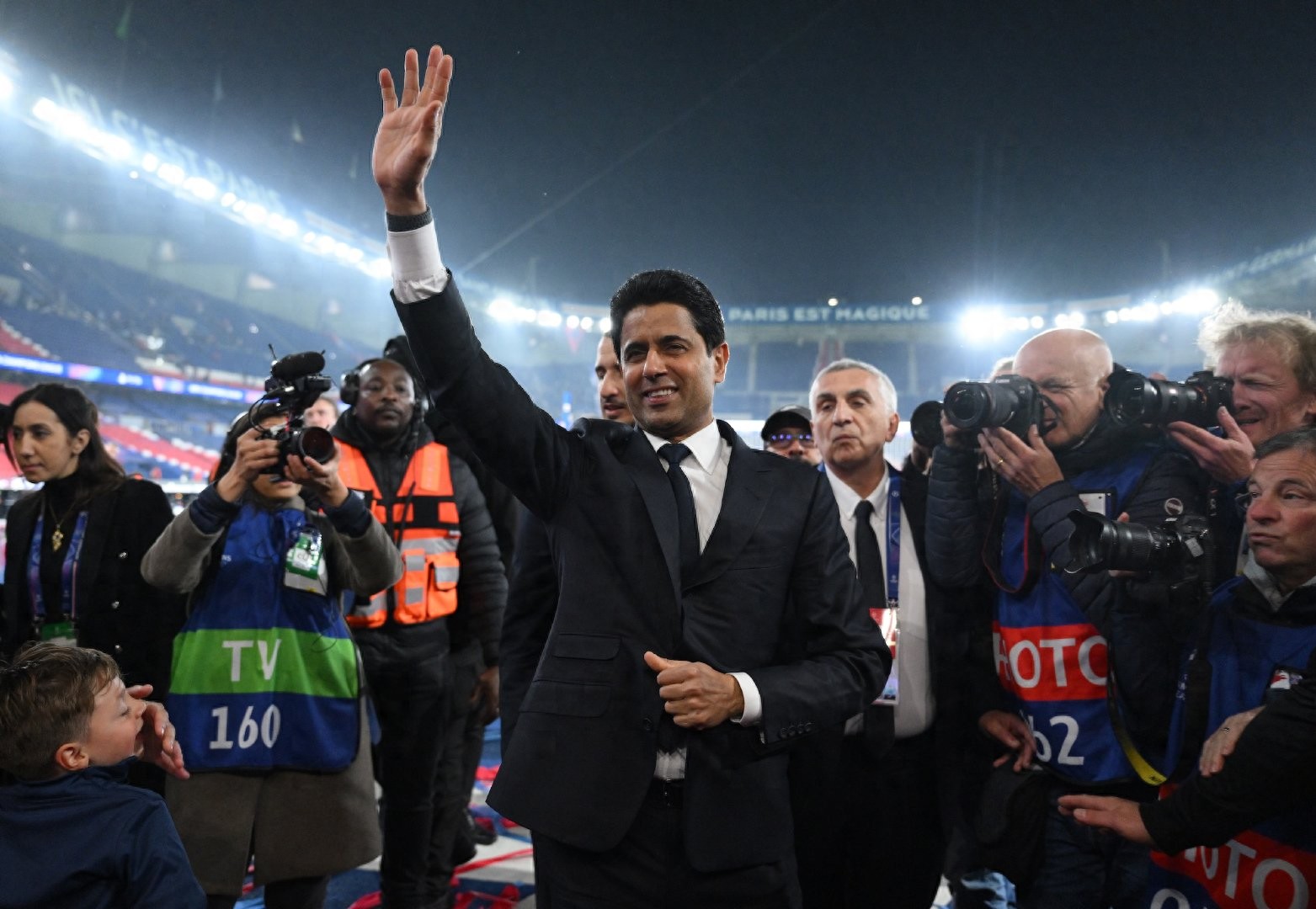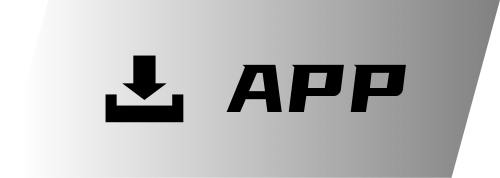By piling up money alone, Haylafi would never be where it is today

The reporter reported coldly Watching the team beat Arsenal over two legs, the president of Paris Helafi knows very well that Enrique's success is not only the result of the close cooperation between the Spanish coach and sporting director Campos, but also the rich reward of his own sustainable development strategy for three years. If Paris can lift the Champions League trophy in Munich at the end of May, he will gain unprecedented prestige after walking on thin ice between the Qatari royal family and European football in recent years. The trophy is enough for him to continue to be trusted by the Qatari royal family, and coupled with the deep binding with UEFA, it will make him powerful in European football, and his influence will even be close to that of Real Madrid president Florentino.
The "de-superstarization" strategy of Grand Paris is by no means something that Enrique can lead as a coach. In fact, after the 2022 Qatar World Cup, the Qatari royal family has been reconsidering the strategic positioning and future direction of Greater Paris. Paris Saint-Germain, which continues to play a role as Qatar's global sports IP and a bridgehead in Europe, is undoubted, but Paris must achieve milestone success as soon as possible, as well as achieve a strategic shift in sustainable development. And all this, naturally, must be fully led by President Haylafi. Fortunately, this time, the sports director and coach finally chose the right person. Today, the strategic shift of greater Paris towards rejuvenation and francization is also bearing fruit.
The double meaning of Enrique's success
Although the real decision-making power of Grand Paris is in the hands of the Qatari royal family, the investor, for 14 years, Grand Paris has been almost exclusively in the hands of Khairafi. He is more powerful than any of Europe's biggest presidents, not only as president of Grand Paris, but also as president of Qatar Sports Investments, BeIN Media Group and European Club Association (ECA) and member of the UEFA Executive Committee. For more than a decade, he has been the face of the Qatari royal family in Europe, and is fully responsible for building Grand Paris into one of Europe's top giants. The only apparent intervention by the Qatari royal family was the appointment of Thomas Tuchel to coach after Unai Emery's complete defeat seven years ago. It was also the biggest crisis of Helafi during his time in Grand Paris, and he was almost removed from office because of it. But in the end, Haylafi used the club's continued success on and off the pitch, as well as his escalating influence in European football, to defuse the crisis.
Enrique's success is based on his partnership with Portugal's sporting director Campos, who has been at the helm of football in Paris since the summer of 2022. As Helafi emphasized in an exclusive interview, Qatar is reducing investment, and Paris must change its superstar strategy to achieve a younger, more French sustainable development as soon as possible. Campos was Mbappe's "Bole" in Monaco, and the original intention of being poached by Paris was originally to stabilize Mbappe and continue to achieve strategic transformation around the French superstar. But after Mbappe went resolutely, Campos and Enrique accelerated the "de-superstarization" of Grand Paris, and it was a huge success in just one season.
The Haylafi era has gone through many sports directors, from Leonardo's "Serie A" in his first term, to Antro Enrique's "South Americanization" + the establishment of Mbappe's core, Leonardo's "second entry into the palace" and the introduction of elderly superstars. It wasn't until Campos took office three years ago that Helafi's promotion of rejuvenation really kicked off. Enrique's championship team now has 11 players in the starting line-up, and when he took charge of Paris two years ago, Campos already had Vitinha, Ruiz and Nuno Mendes prepared in advance, and the two worked together in four transfer windows, complementing the team's main players.
But more importantly, Campos led the completion of the "de-superstarification" of Grand Paris. In addition to the MMN portfolio, there are also more than 20 high-paid and low-contribution stars who have been transferred out, as well as the sale of young players who cannot establish themselves in the first team to cash in and reduce salary space.
In the past three years, Grand Paris has cashed out 405 million euros in the ball market, compared with a total of 463 million in the previous 11 years. At the same time, in the past three years, Paris has also completed the rejuvenation and Frenchization that the previous 11 years have not been able to complete.
France, is the future of Grand Paris
Although as early as 2013, Grand Paris introduced a new team crest, reducing the number of Saint-Germain, enlarging the Parisian lettering and highlighting the Eiffel Tower logo to emphasize that the club represents Paris more than the suburb of Saint-Germain. However, the Parisianization of Greater Paris, especially the Frenchization, which was really launched in full swing, originated in the three years led by Helafi and Campos. Although there are two French-speaking superstars, Mbappe and Achraf, the big Paris of the superstar era is still considered an "international legion" that is too alienated from Paris and even French football culture. With Ibra, Cavani, Beckham, and Buffon in the front, and Neymar, Messi, Ramos, and Icardi in the back, they are generally considered to be the global superstars of the Qatari royal family.
"De-starification" first radically changed the stereotype of the "International Legion" in Paris, as Helafi said: only a more Parisian Paris will be more successful. Before Campos took office, Grand Paris had already begun to open up the localization education of the youth echelon, and players of all age groups had to learn French to learn more about the history and traditions of Grand Paris, which in turn affected the dressing room. Originally, it was hoped that Mbappe + Achraf would complete the "Frenchization" of the first team, but in the end, it was Dembele, Emery, Barcora, Douai and other local newcomers who finally achieved this goal.
There are at least 13 native French speakers in the first team this season, with seven in more than 10 appearances. That's not even counting the seriously injured defensive mainstay Kim Benbe, loanee Muani and local newcomers Mbaye, Tabe, Zague and Kamara, who have been trained by Enrique. Coach Luis Enrique took the lead in answering questions in French at press conferences and conveying tactical instructions in French on the sidelines. Le Parisien revealed that the Parisian hierarchy asked the first team to intensify the learning of French and completely change the image of Grand Paris as an "international legion" on media and social media platforms. In particular, the team's core foreign goalkeeper Donnarumma, captain Brazilian central defender Marquinhos, left-back Nuno Mendes, and midfielder Vitinha are all fluent in French, and even Kvaratskhelia, who only joined in the winter window, have mastered simple spoken French and actively integrated into the new football and cultural environment.
Five years ago, Paris played in the Champions League final for the first time, with only two French players in the starting 11, and only three French players in the total of 15 players including four substitutes. Five years later in Munich, it is no surprise that there are at least three French-speaking players and at least two substitutes. In addition, the main team has at least 4 foreign aid who are fluent in French, and the greater French Paris can truly represent France, and have a broader space for development based in Paris.


Wonderfulshortvideo

Raphinha has surpassed Neymars highest goal and assist tally for Barcelona in a single season



User FieldFrenzy has posted a video.



Is this you?



Took some skill to play it with my toe



Self realisation








 Links
Links
 Contact
Contact
 App
App


